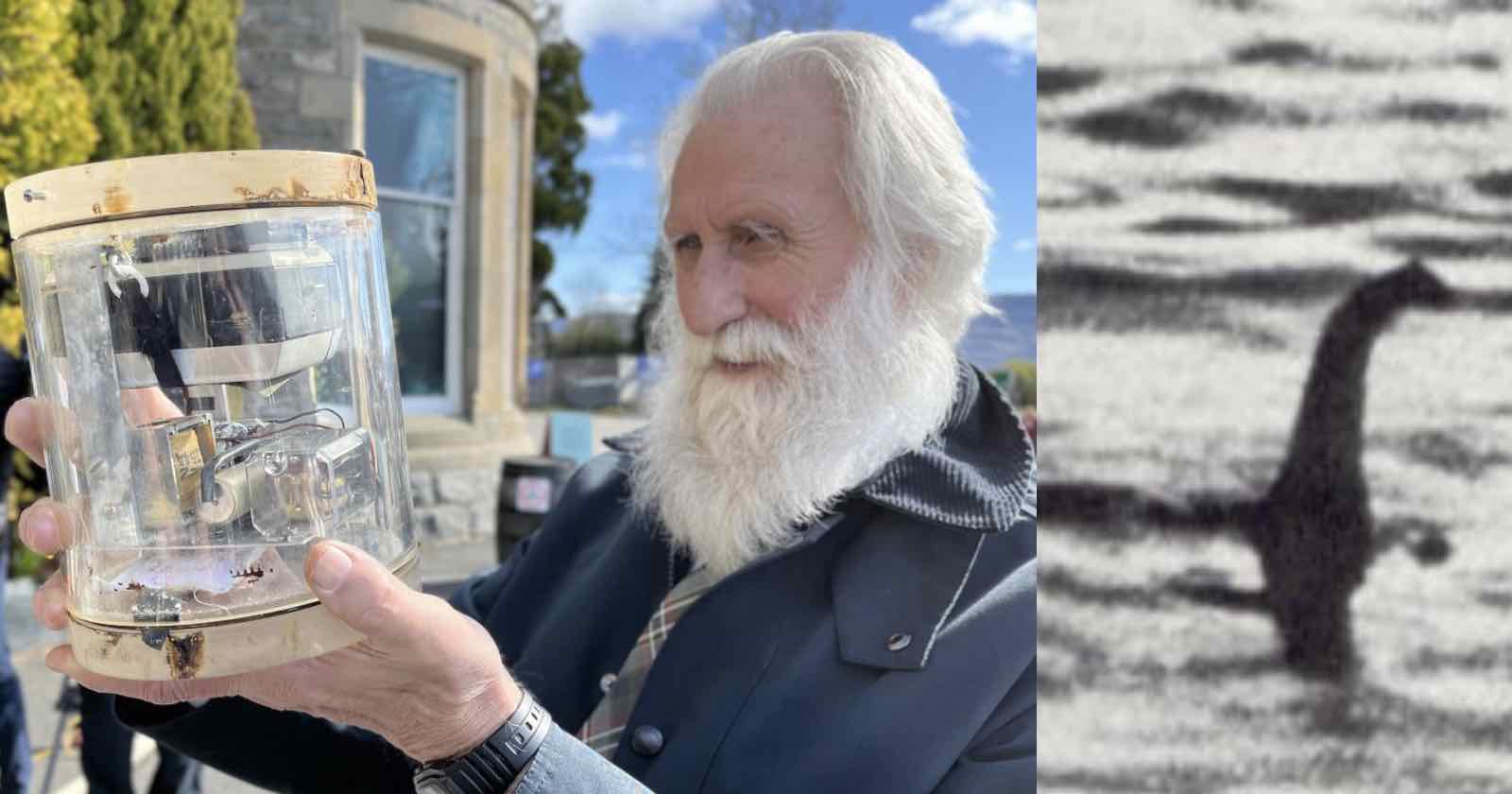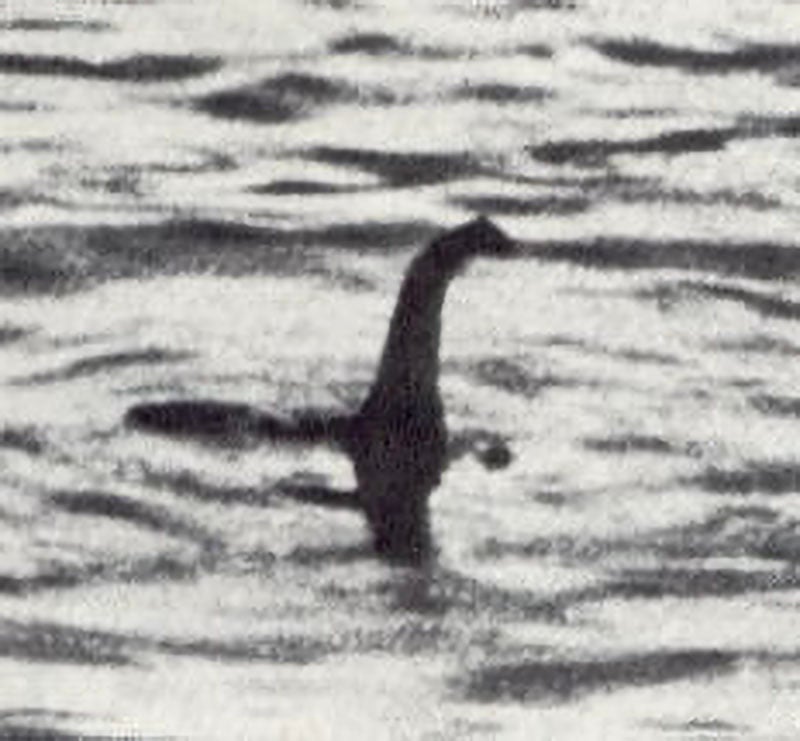55-Year-Old Underwater Camera Trap Set for Loch Ness Monster is Found

An underwater camera set up 55 years ago in a bid to capture the Loch Ness Monster on film has been accidentally discovered by a robot submarine.
The Loch Ness Monster, or “Nessie”, is a folklore creature that lives in a giant freshwater lake in Scotland and thousands of people are determined to prove the mythical beast’s existence.
Today, it was revealed that a 55-year-old camera trap was discovered by an ocean robot developed and operated by the National Oceanography Centre (NOC) in the U.K.

The device is thought to be one of six cameras placed 590 feet below the surface in Loch Ness in 1970 by Professor Roy Mackal, of the Loch Ness Investigation Bureau, and the University of Chicago.
The device, which appears to be Kodak Instamatic 174 camera, was placed inside a clear waterproof plastic container and is likely one of the earliest attempts to catch the famous Loch Ness monster on film.
The underwater camera system was accidentally found during trials of NOC’s submersible vessel, commonly known as “Boaty McBoatface.” During the test, part of the mooring holding the camera system in place became caught on the ocean robot’s propeller.
Despite having been submerged in the 23-mile-long loch for 55 years, the camera was still in very good condition.
An NOC engineer was even able to develop a few images of the loch’s murky waters from the film on the camera. Sadly, the Loch Ness Monster did not make an appearance in any of the developed photos.

Adrian Shine, who set up The Loch Ness Project in the mid-1970s to investigate Loch Ness and its world-famous inhabitant, helped to identify the camera. He says it was one of six devices deployed by Professor Mackal, with three of the cameras lost in a gale that same year.
“It was an ingenious camera trap consisting of a clockwork Instamatic camera with an inbuilt flash cube, enabling four pictures to be taken when a bait line was taken,” Shine says.
“It is remarkable that the housing has kept the camera dry for the past 55 years, lying around 180 meters (426ft) deep in Loch Ness.”
The film, camera, and its housing have now been handed to The Loch Ness Centre, in Drumnadrochit, near to where it was found, to allow it to be put on display as a part of the loch’s Nessie hunting history.
Does the Loch Ness Monster Exist?
The story of the Loch Ness Monster dates all the way back to the sixth century but the modern-day legend began in 1933 when a hotel manager reported seeing a “water beast” in Loch Ness, which is the largest freshwater lake in the United Kingdom.
Since then there has been a spate of alleged sightings leading to a worldwide fascination with Nessie. In 1934, a famous black and white photo purporting to show the monster was published.

Known as “the surgeon’s photograph” it was debunked 70 years later when it was revealed that it was actually a 12-inch-high model made from plastic wood and a toy submarine.
Scientists believe that some of the sightings are probably down to a seal or a giant eel.
“I believe there is something in the loch,” says volunteer Craig Gallifrey. “I do think that there’s got to be something that’s fueling the speculation.”
Image credits: All photos via the National Oceanography Centre (NOC).
Source link



